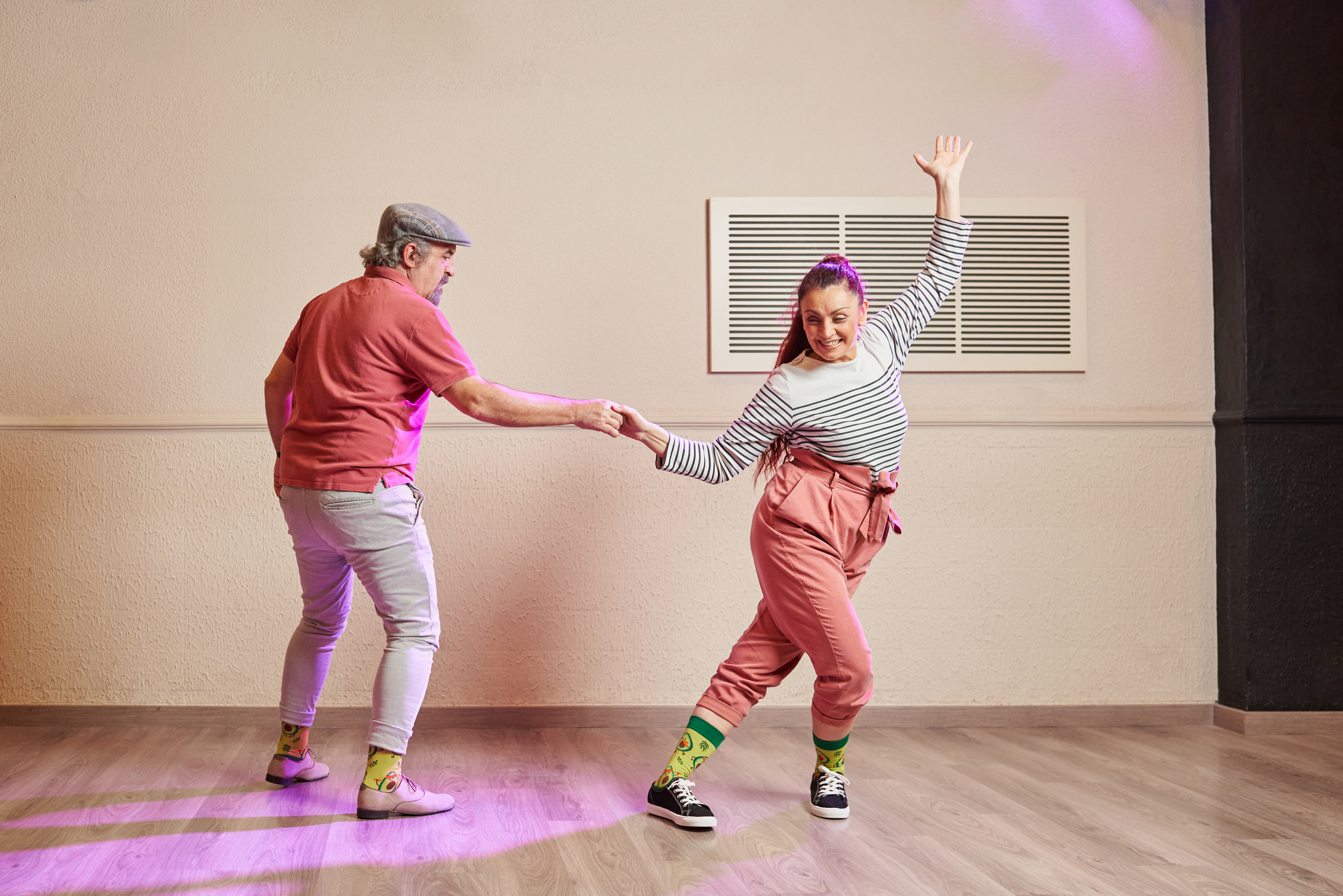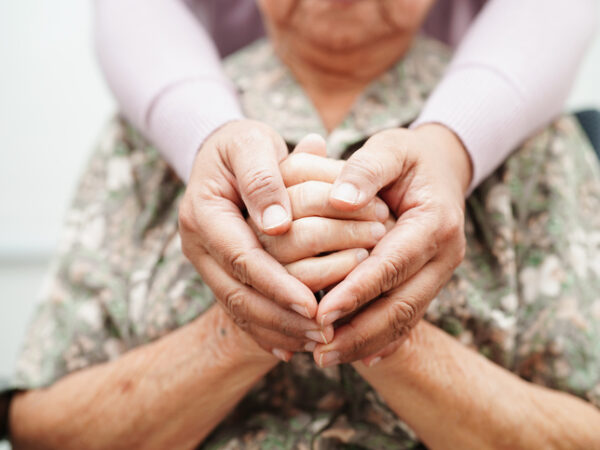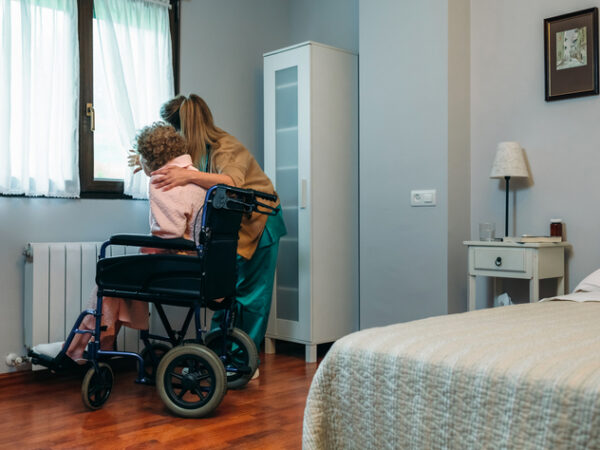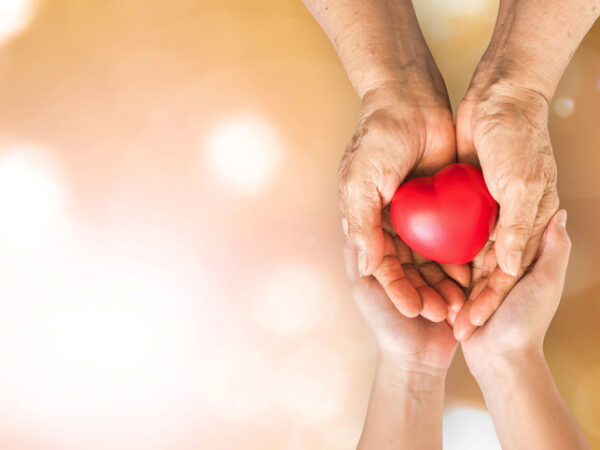Among older adults, Parkinson’s disease is one of the most common neurological disorders, following stroke and dementia – with Alzheimer’s disease being the most prevalent. Conditions that affect the central nervous system like Parkinson’s can impact mobility, balance, speech, and function, diminishing quality of life. Although there is no cure for Parkinson’s, there are drugs that help with symptoms, and exercises that can improve movement and boost mood.
We may think first of tremors associated with Parkinson’s, but the condition can also cause muscle rigidity, painful contractions, involuntary or slow movements, and difficulty balancing. Living with Parkinson’s can also lead to depression, anxiety, sleep problems, and cognitive issues including the development of dementia.
According to a recent McMaster Optimal Aging Portal blog post, a recent research review found that certain types of structured and supervised exercise may improve movement and quality of life when compared with no physical exercise. Dancing, which demands the use of both the body and mind, is associated with a moderate improvement in movement. Many older adults also respond well to familiar music that sparks joy and may even trigger muscle memory. Even in a seated position, Parkinson’s patients report an improvement in their daily life with the addition of movement classes.
Aqua-based training and training that combines multiple exercises may also moderately improve movement. Although there may be a risk for falls with certain exercises that can cause pain, overall exercise for people with Parkinson’s is considered relatively safe and may improve quality of life by increasing social interaction, boosting confidence, and enhancing physical function. Staying active with any type of enjoyable exercise, with adaptations if necessary, can certainly help people living with Parkinson’s remain engaged and as physically active as possible. As always, talk first with your doctor, before starting any new exercise program, increasing intensity and duration gradually over time to avoid injury.






Add Your Voice
0 Comments
Join the Discussion